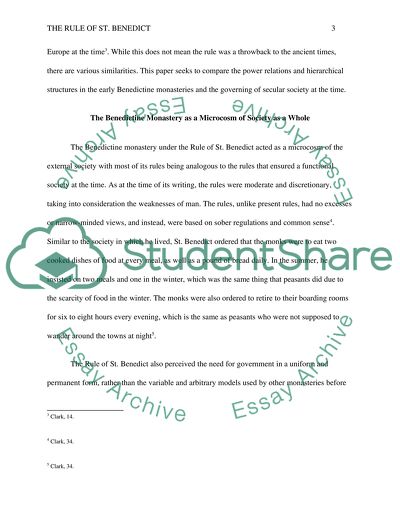Cite this document
(“Rule of St Benedict Essay Example | Topics and Well Written Essays - 2000 words”, n.d.)
Rule of St Benedict Essay Example | Topics and Well Written Essays - 2000 words. Retrieved from https://studentshare.org/history/1492397-rule-of-st-benedict
Rule of St Benedict Essay Example | Topics and Well Written Essays - 2000 words. Retrieved from https://studentshare.org/history/1492397-rule-of-st-benedict
(Rule of St Benedict Essay Example | Topics and Well Written Essays - 2000 Words)
Rule of St Benedict Essay Example | Topics and Well Written Essays - 2000 Words. https://studentshare.org/history/1492397-rule-of-st-benedict.
Rule of St Benedict Essay Example | Topics and Well Written Essays - 2000 Words. https://studentshare.org/history/1492397-rule-of-st-benedict.
“Rule of St Benedict Essay Example | Topics and Well Written Essays - 2000 Words”, n.d. https://studentshare.org/history/1492397-rule-of-st-benedict.


